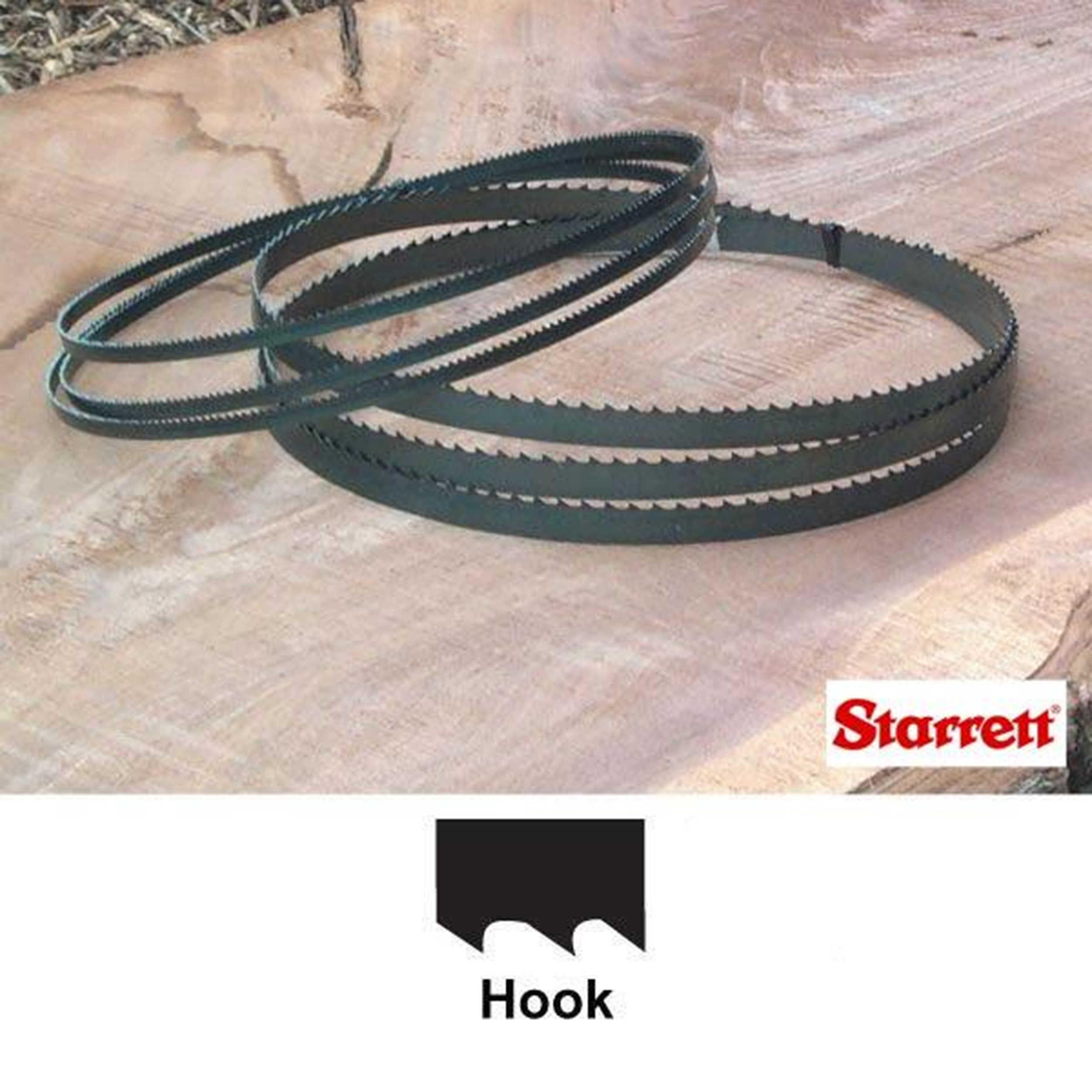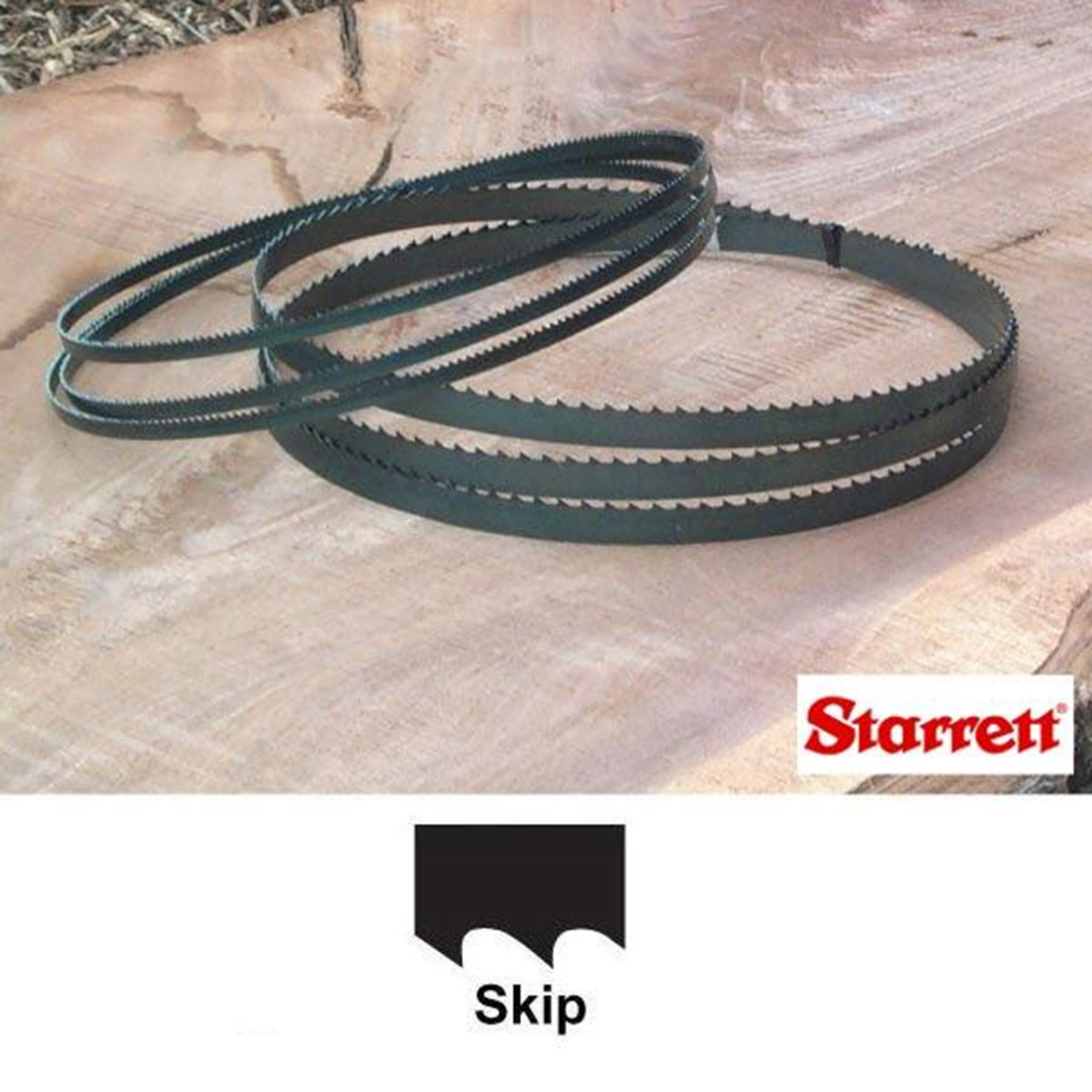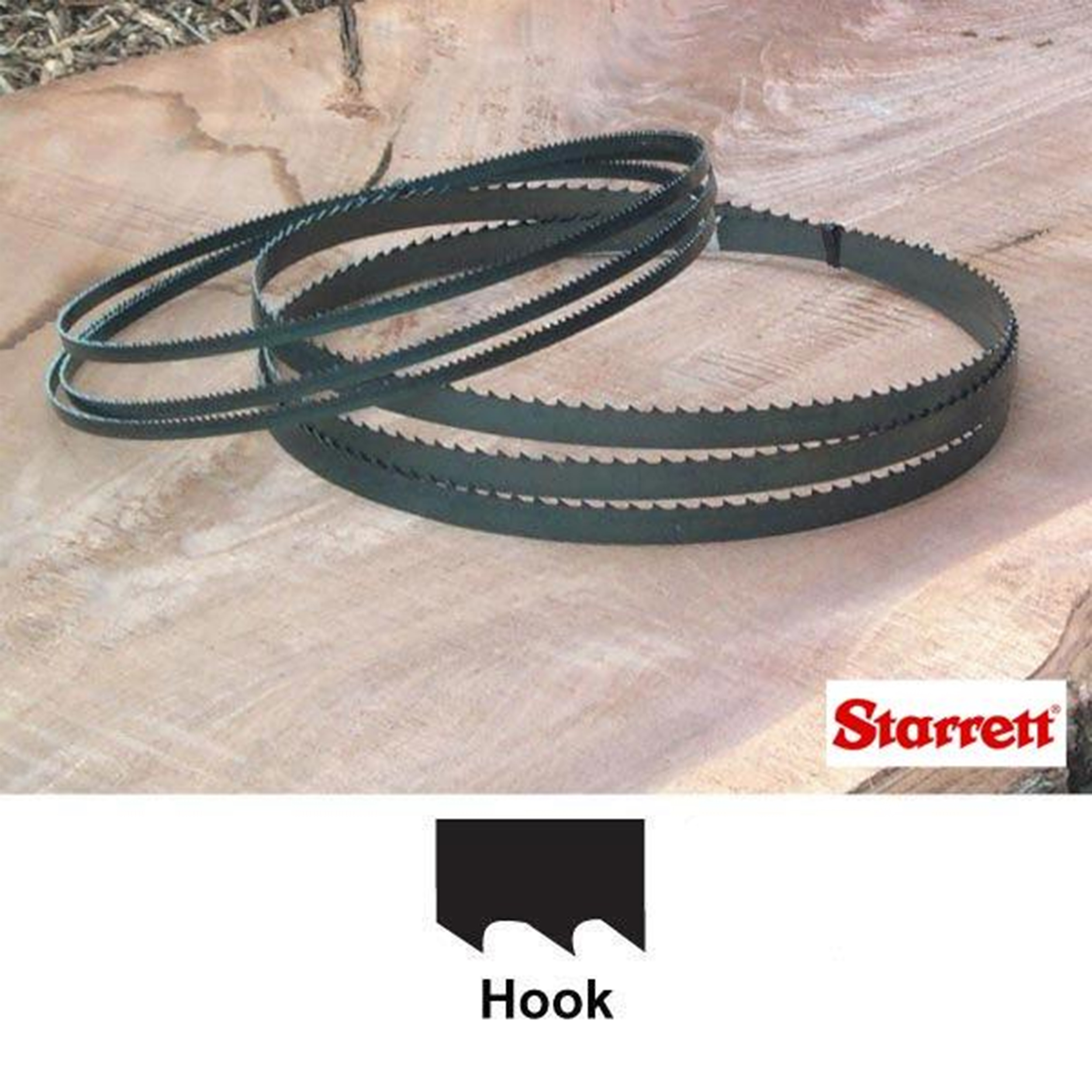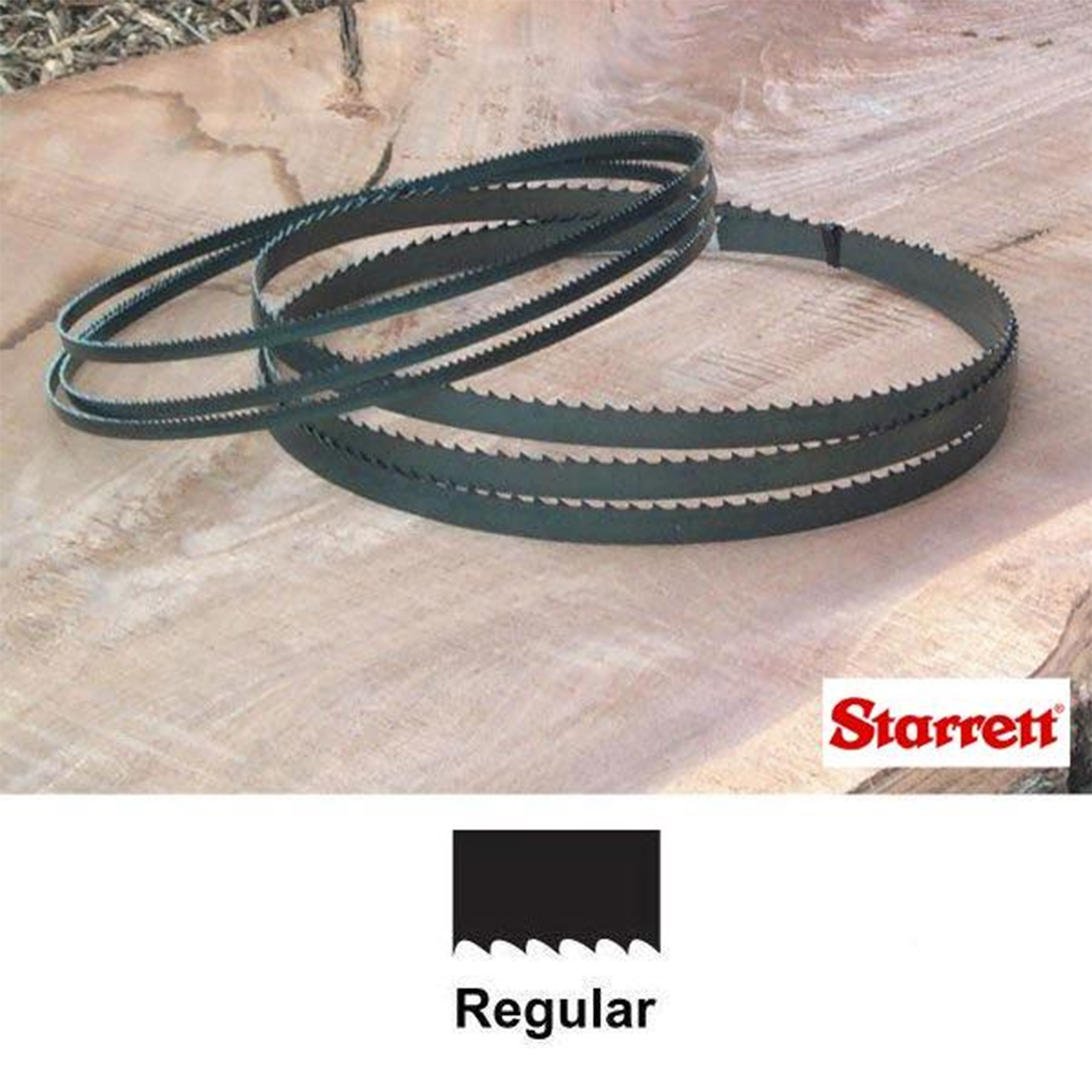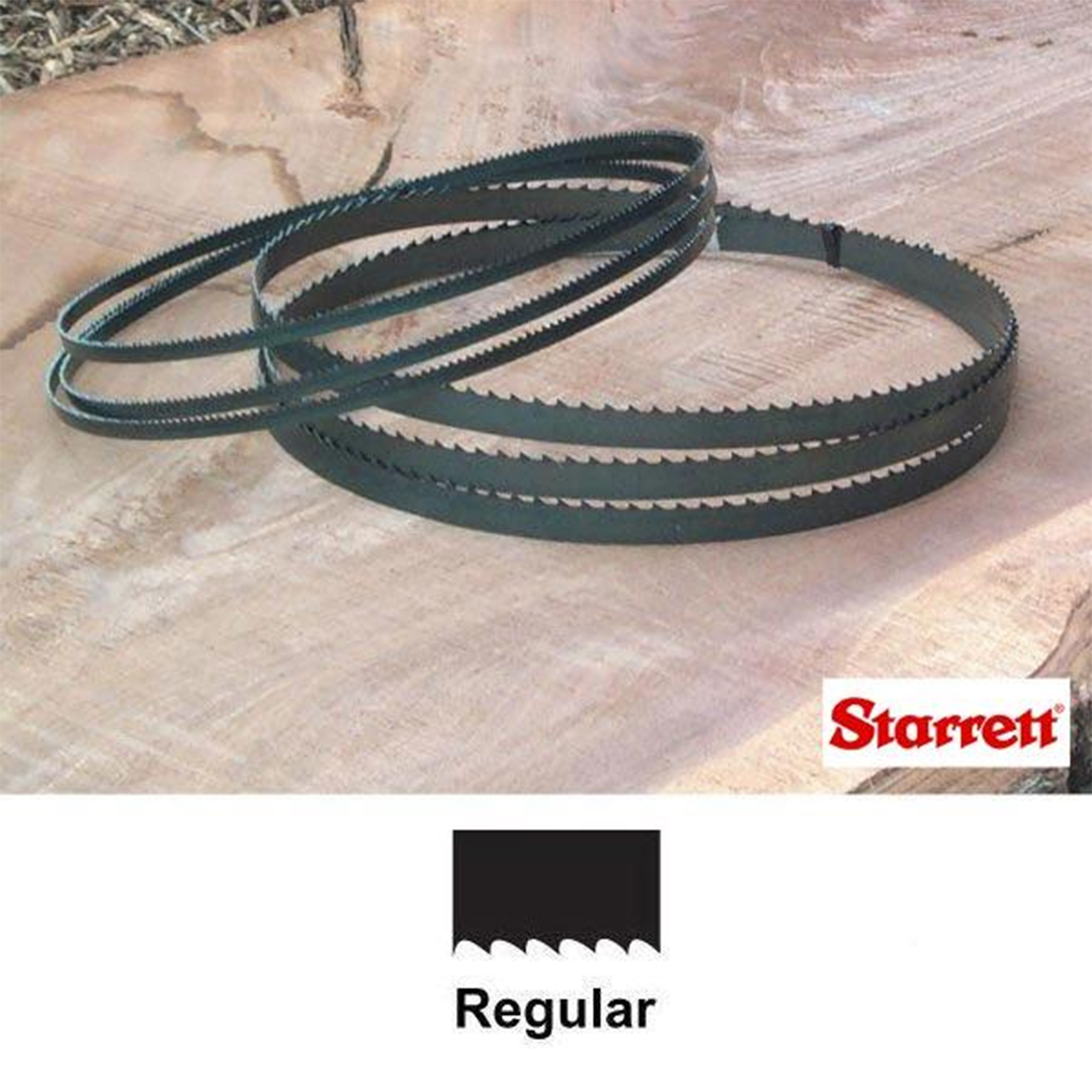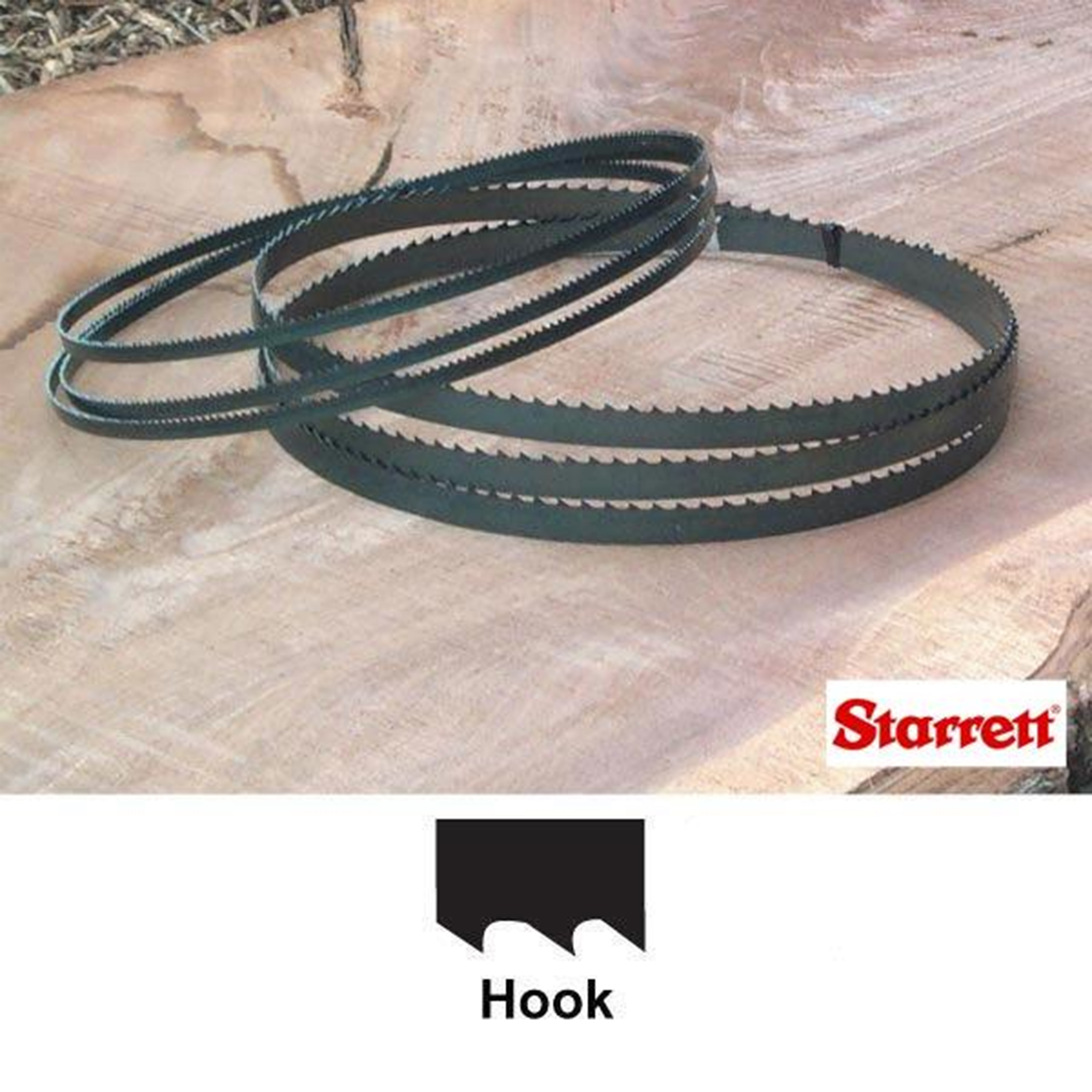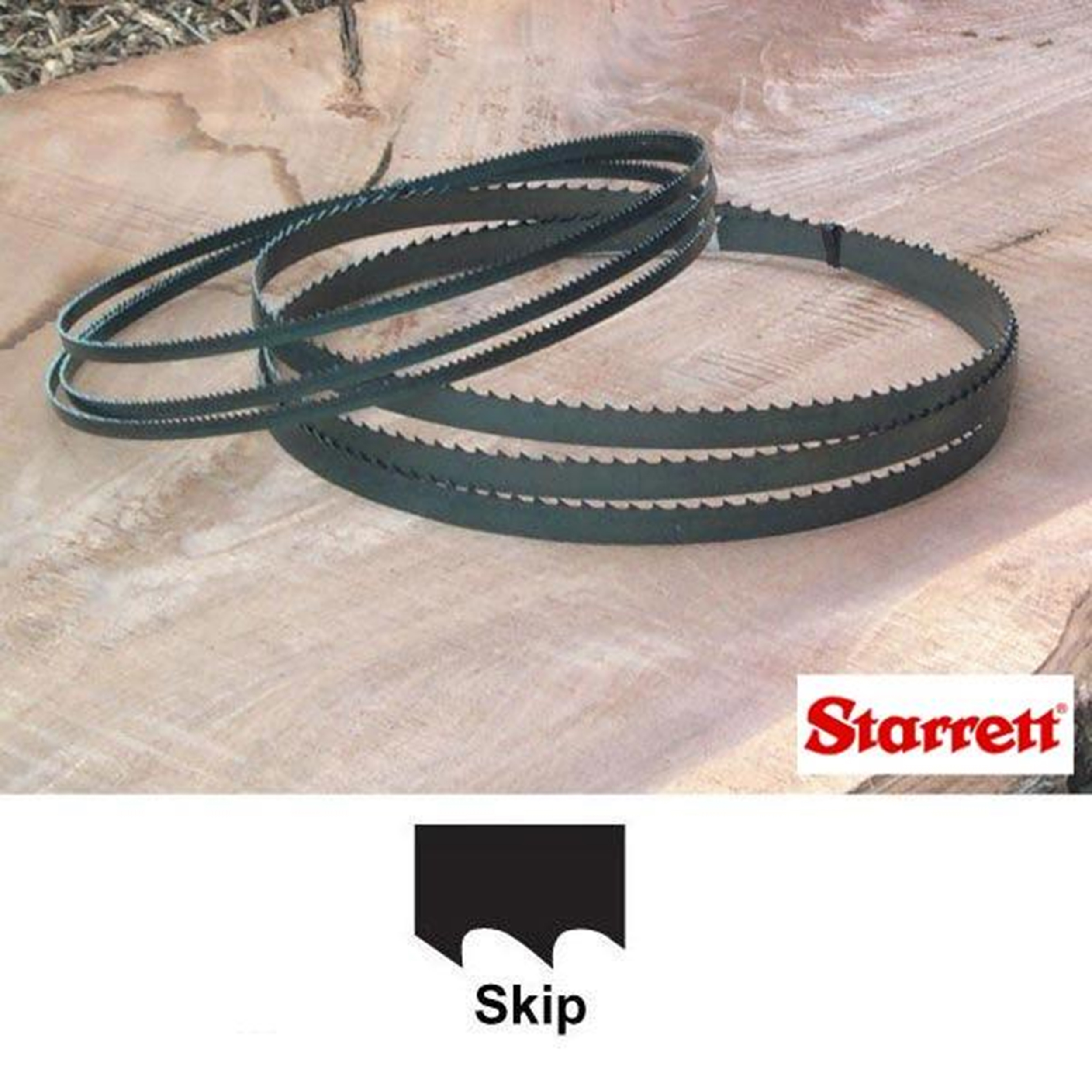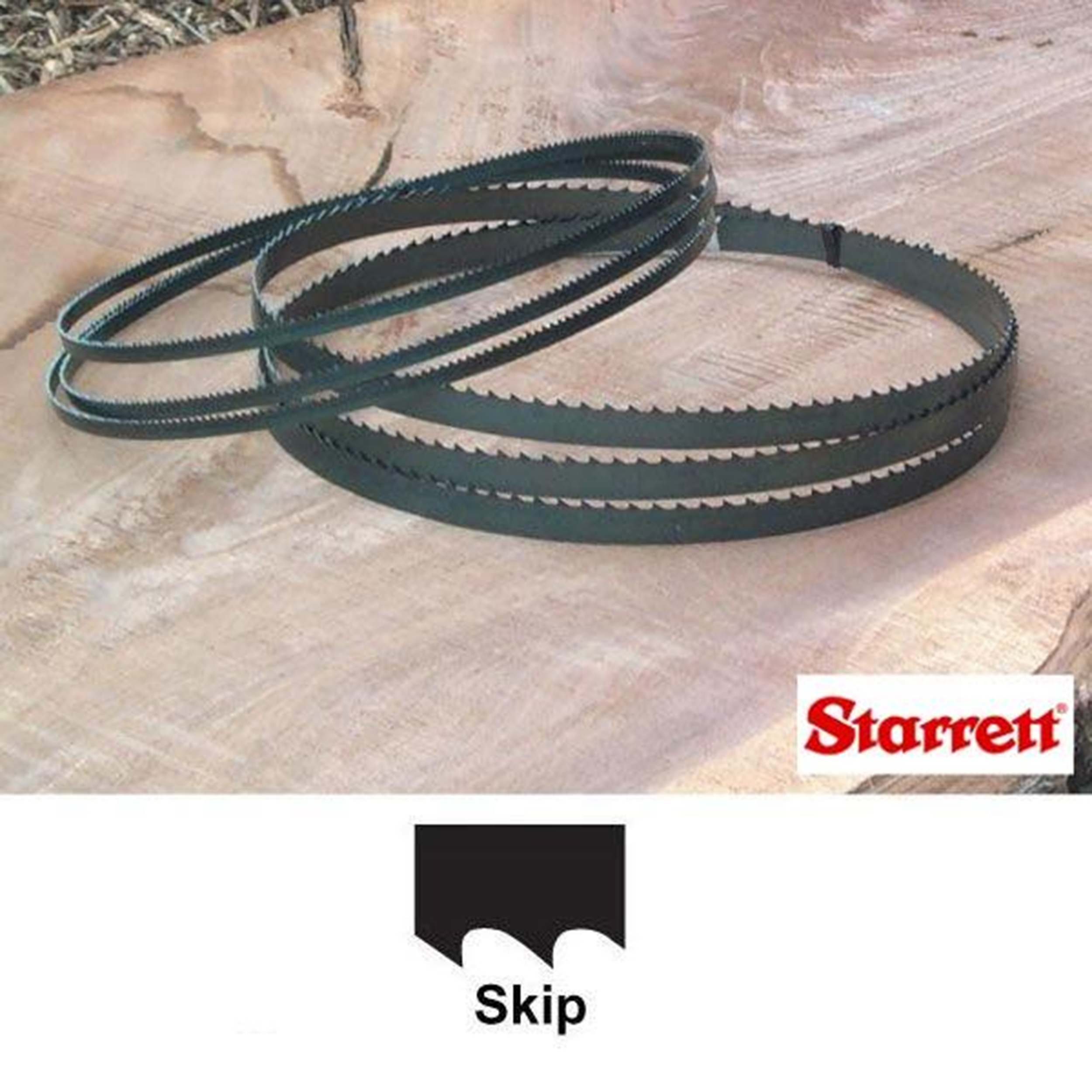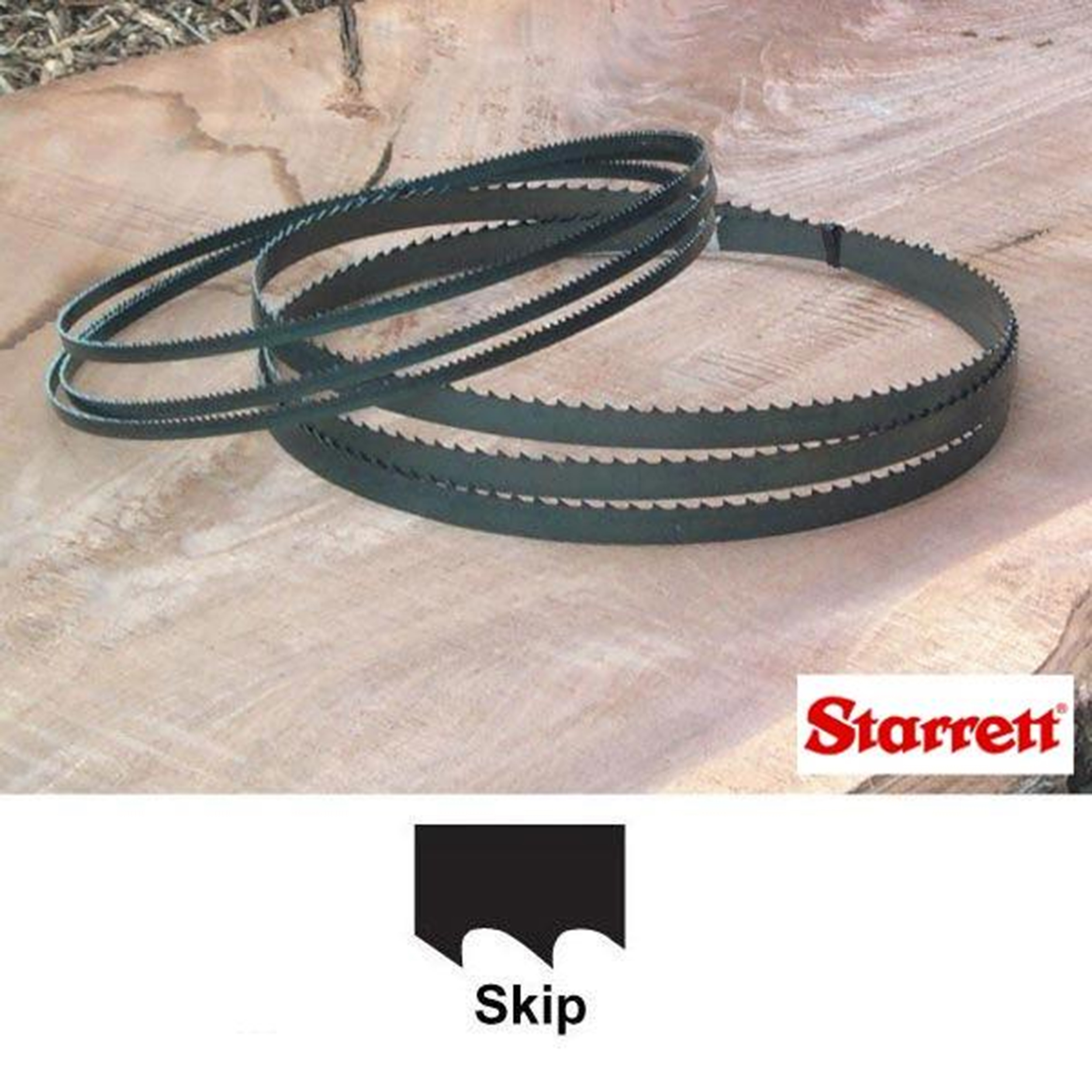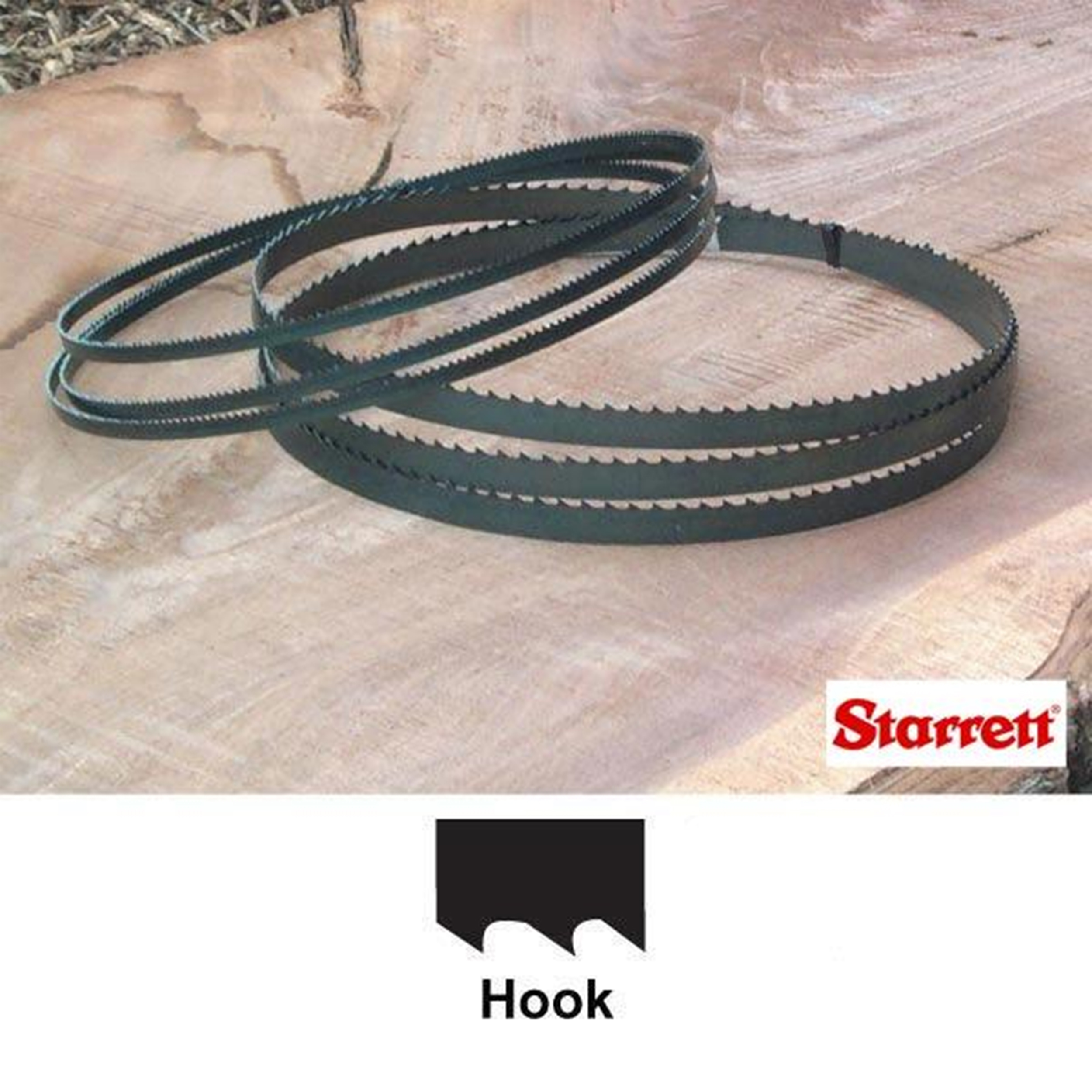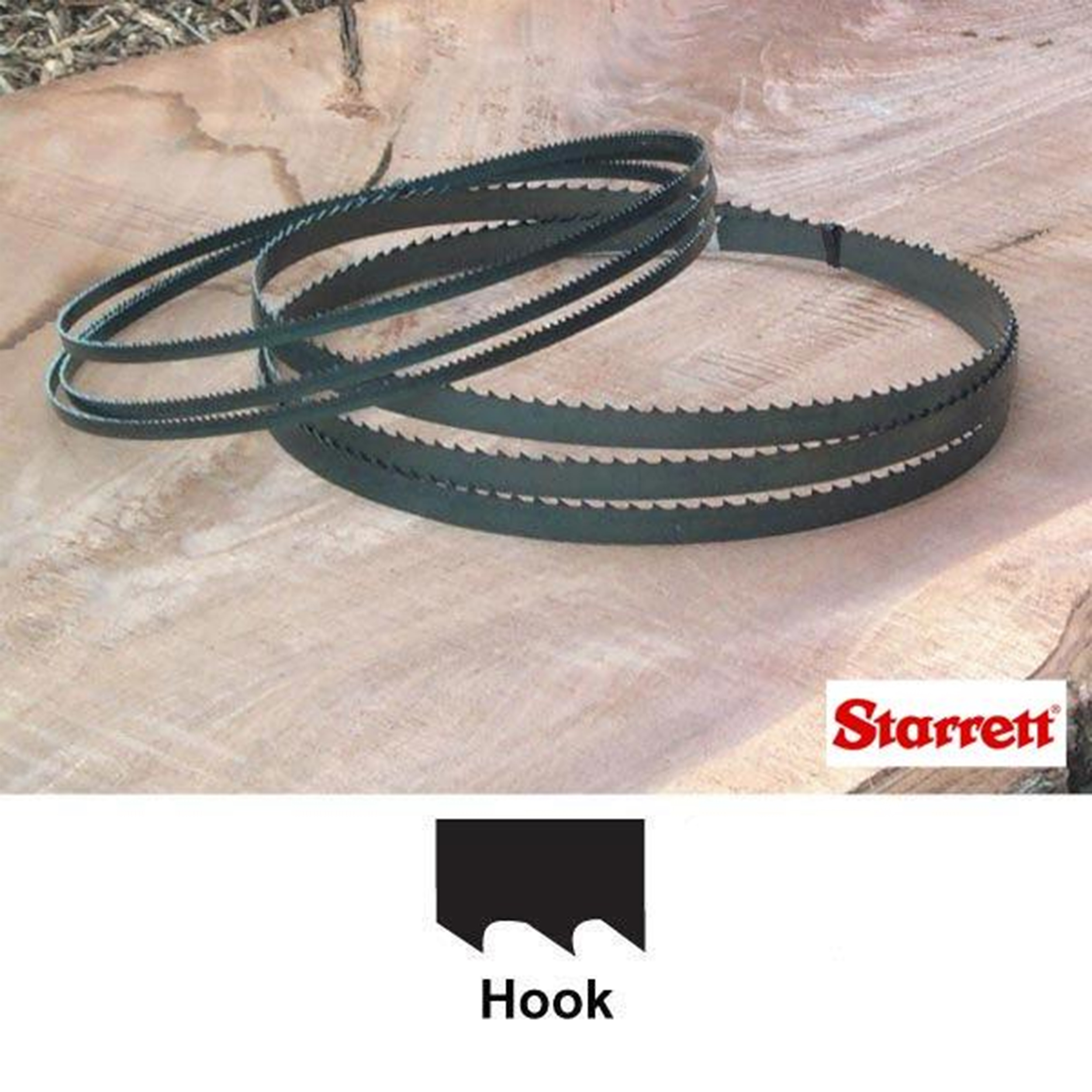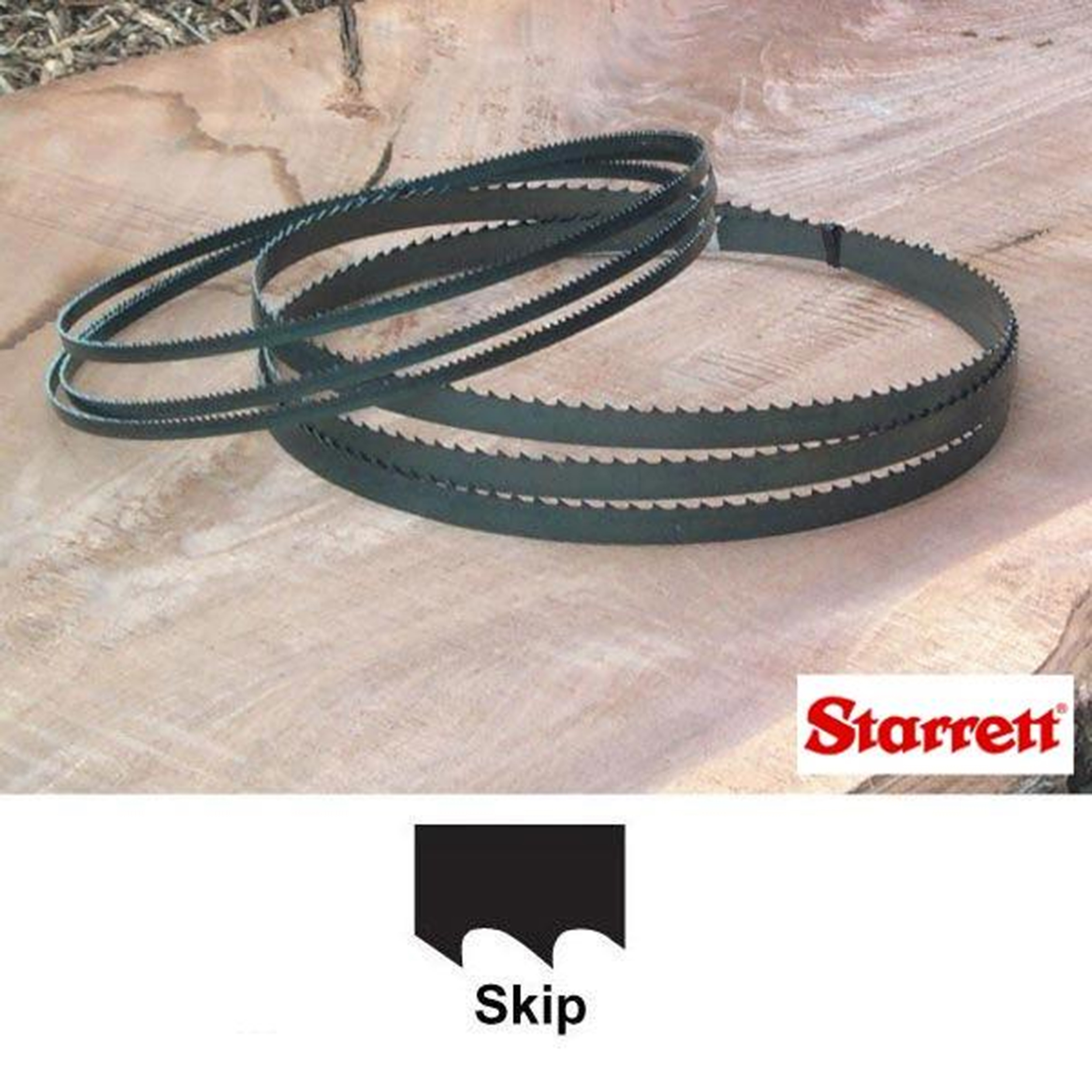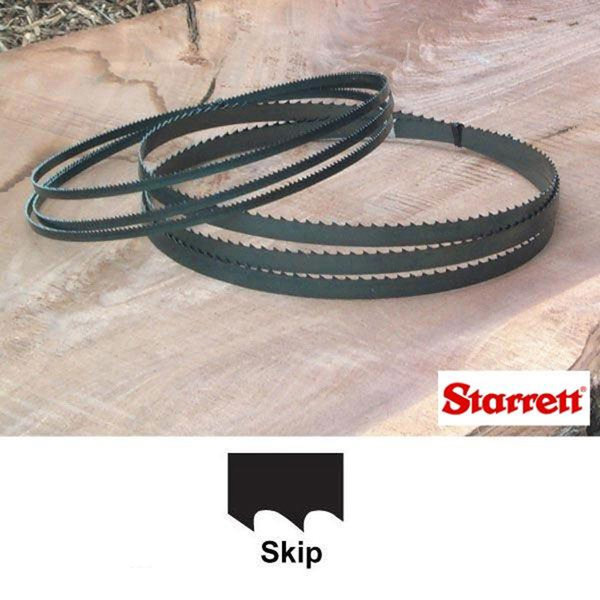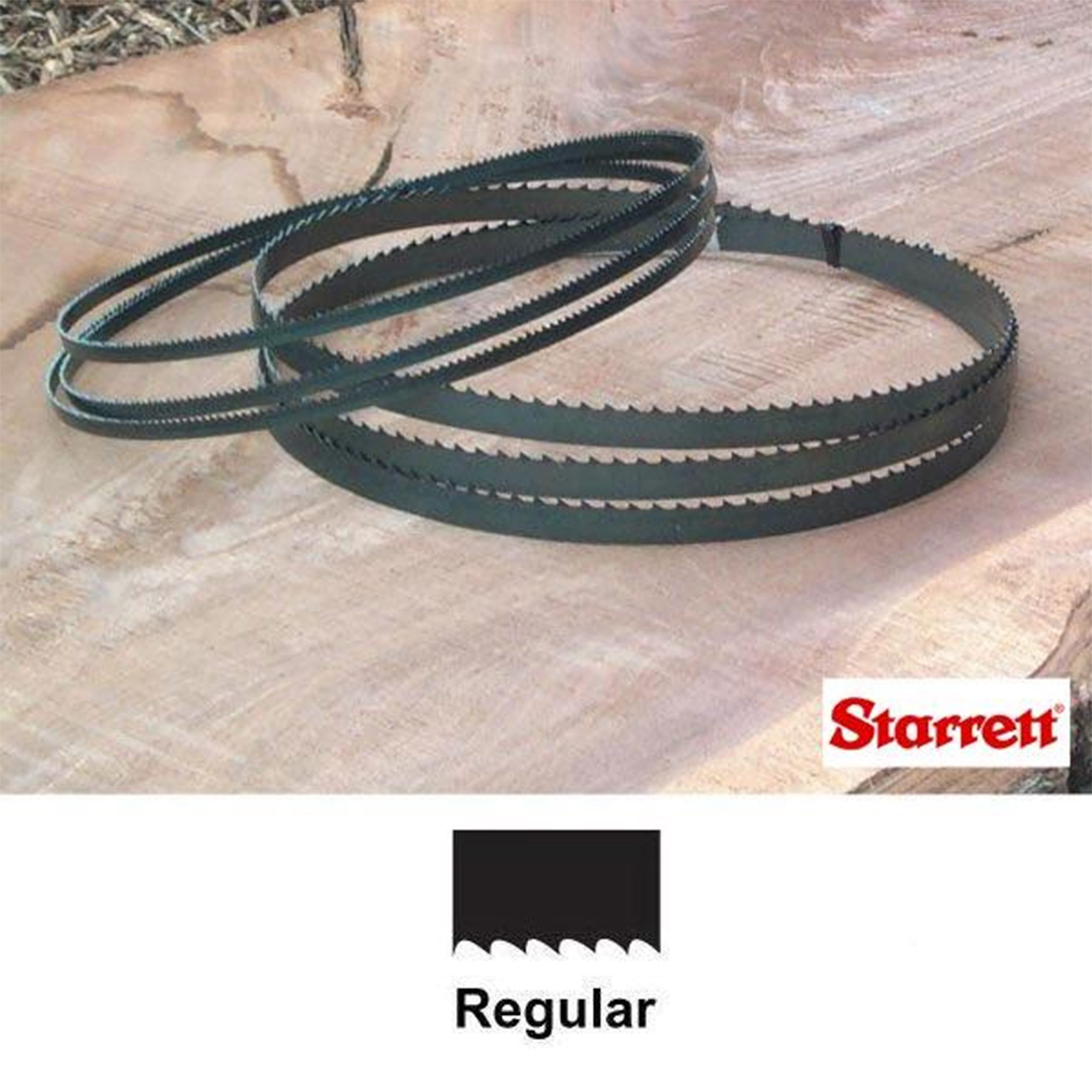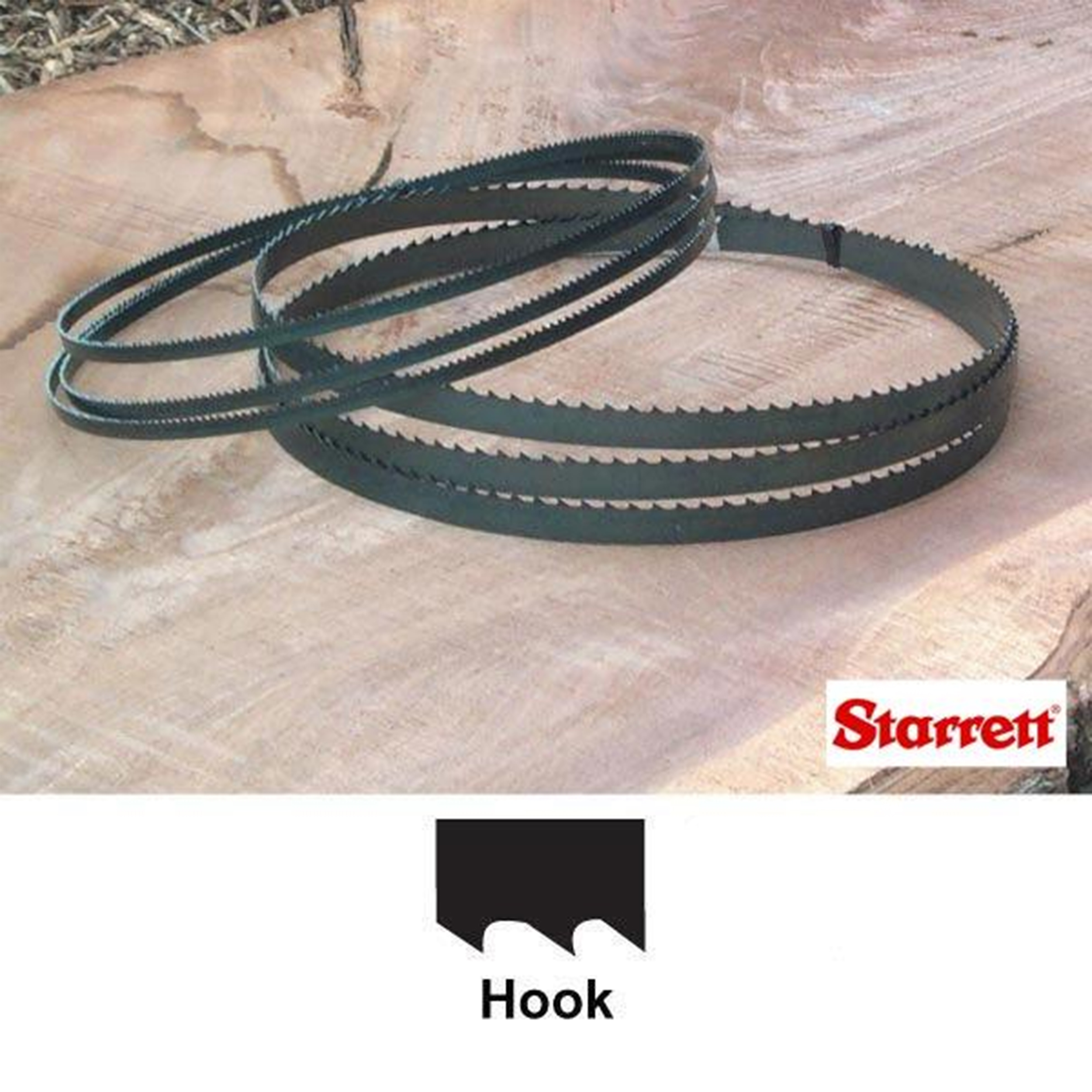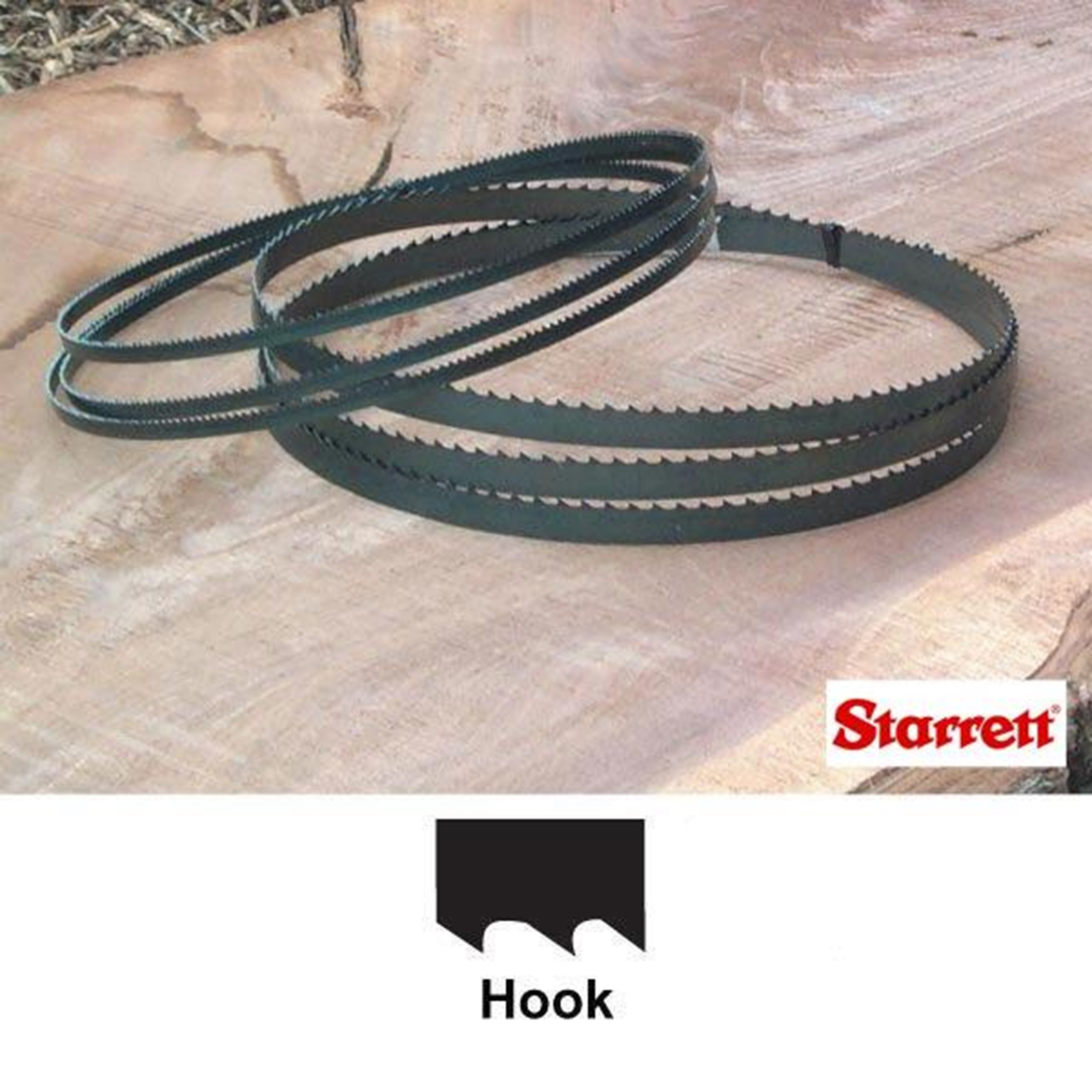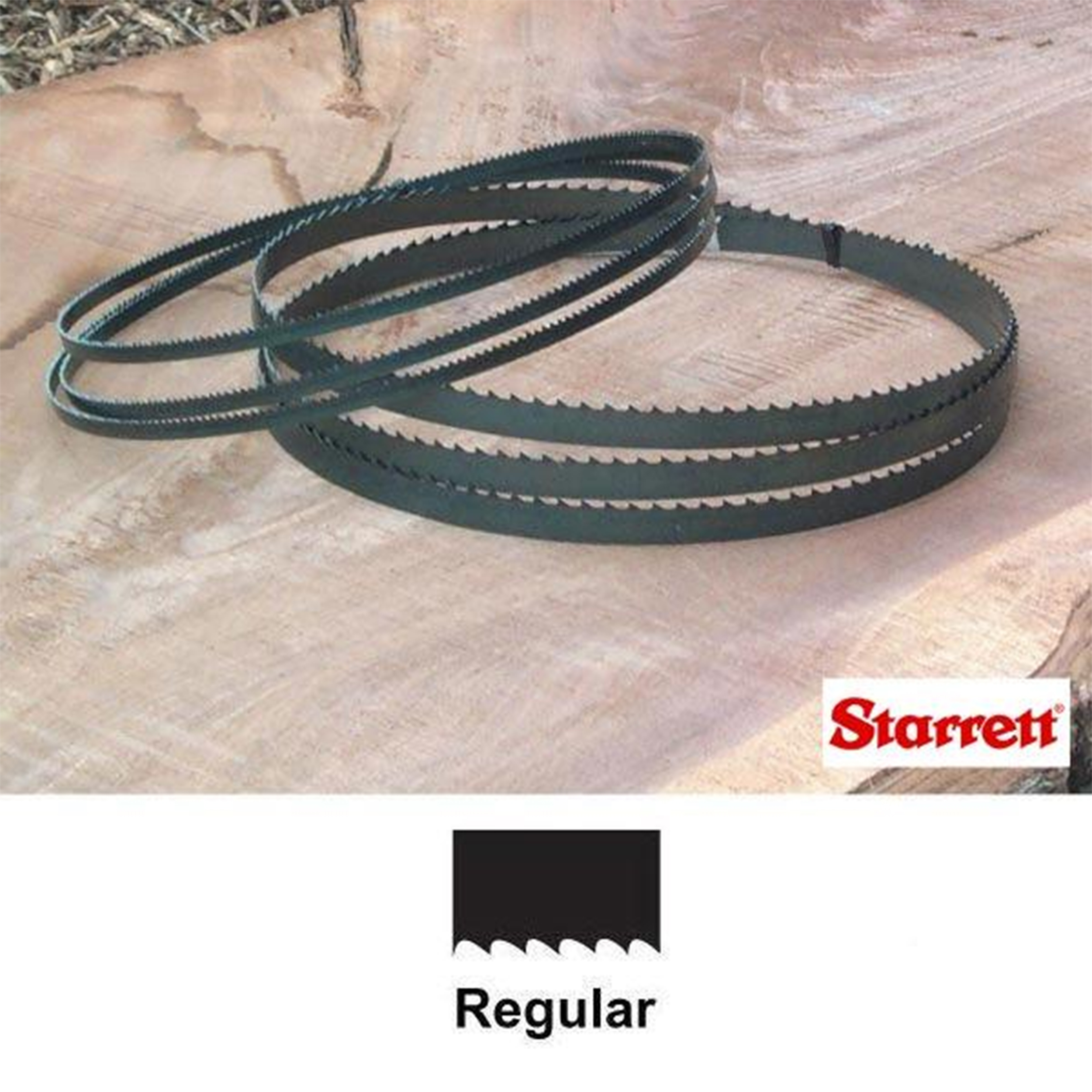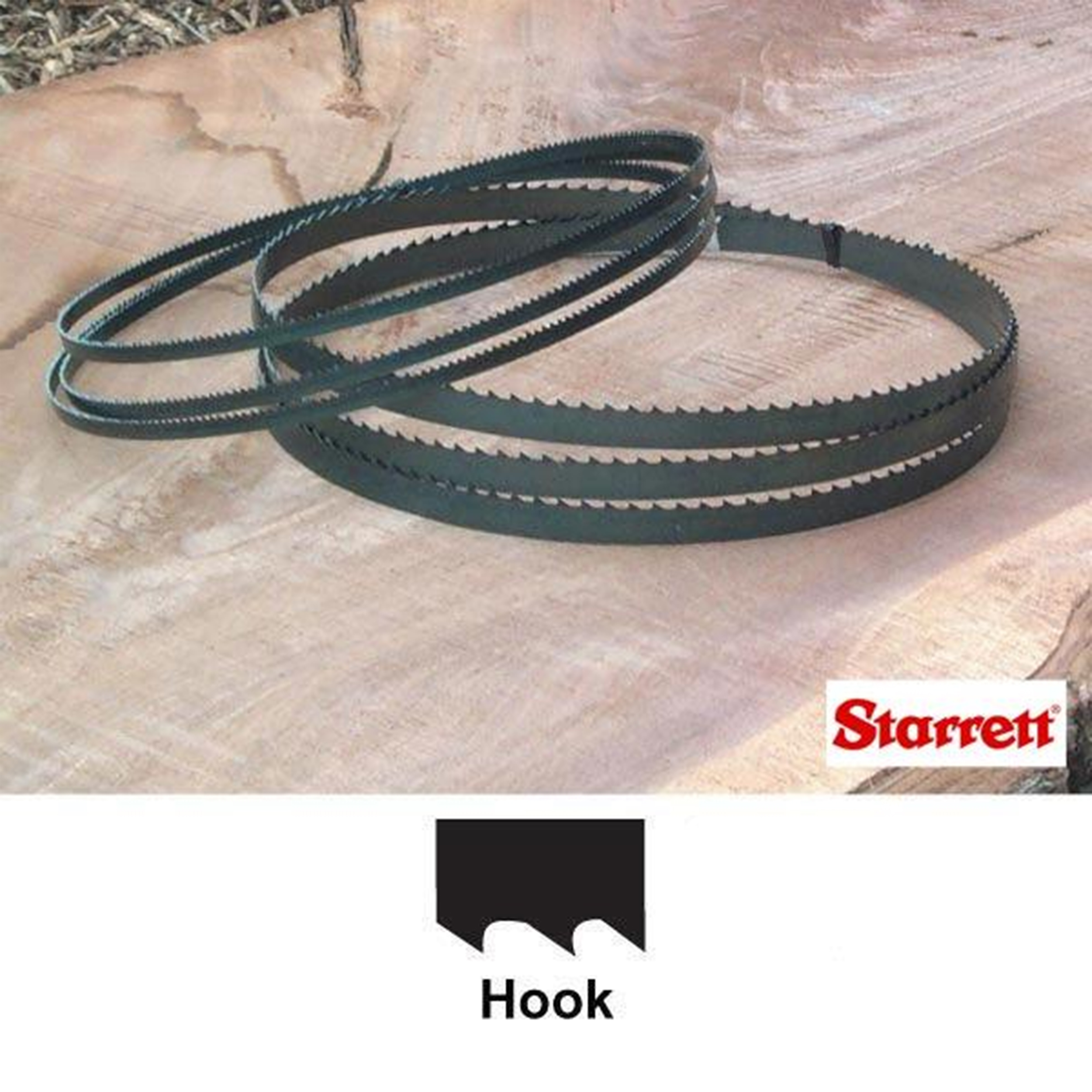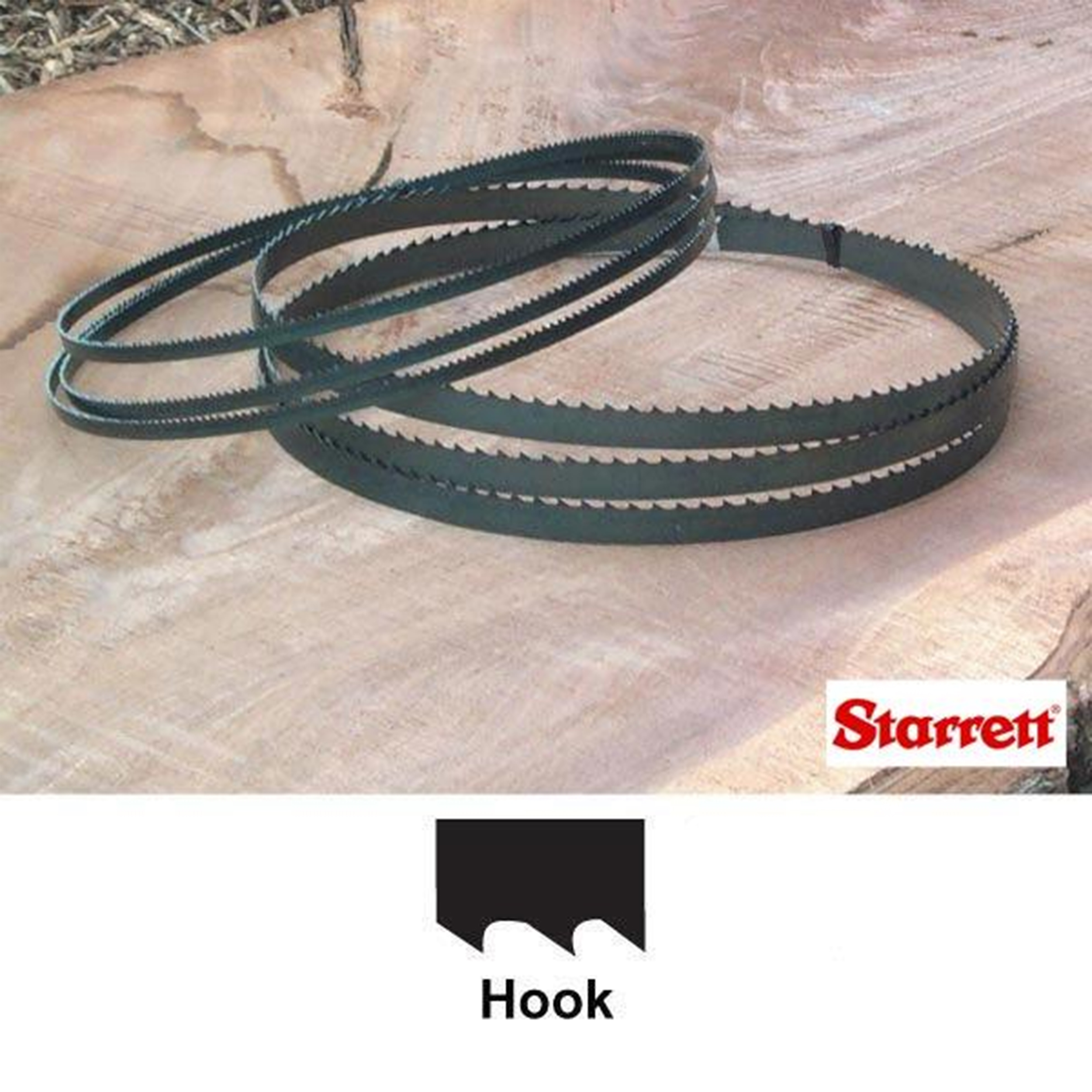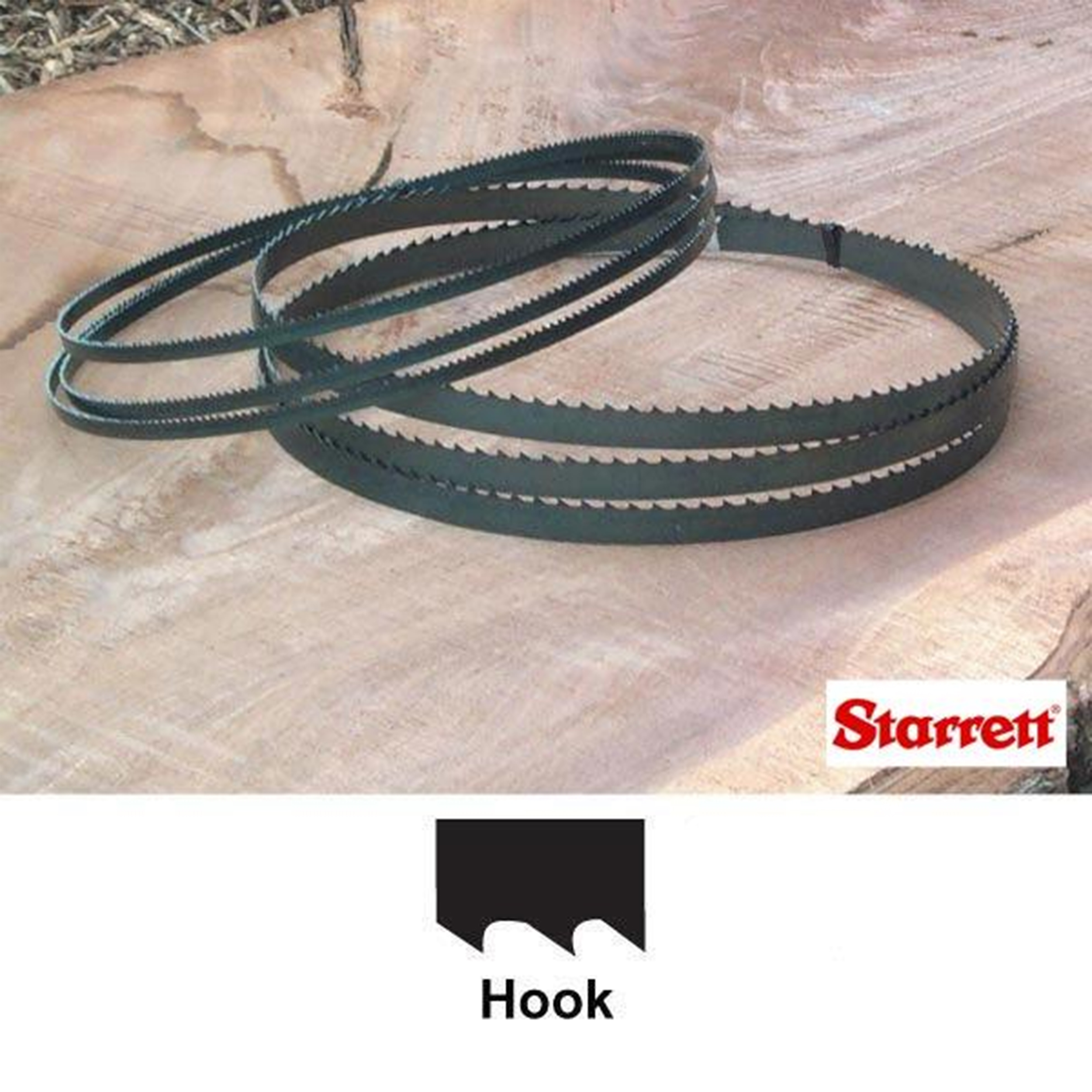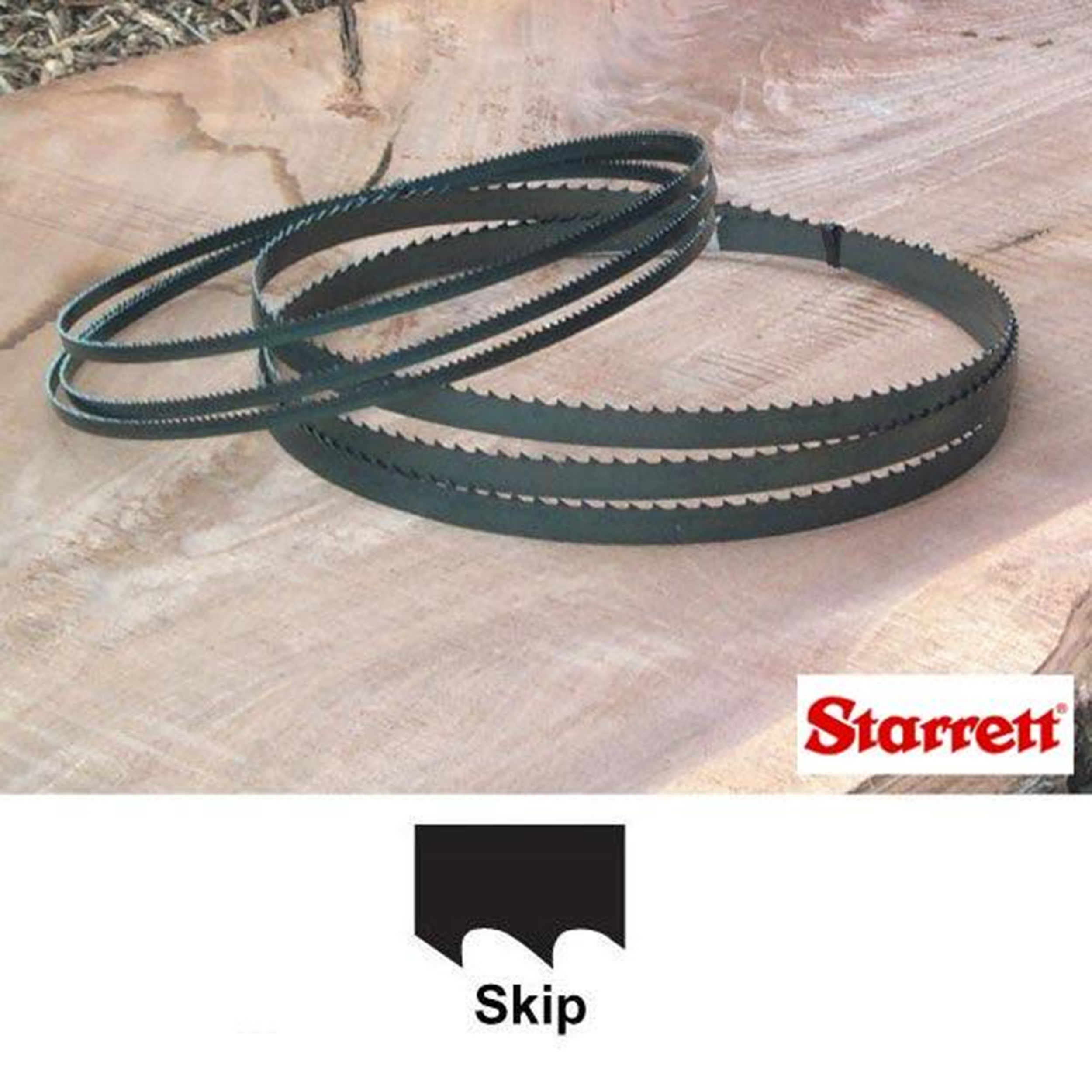
Starrett Duratec SFB Bandsaw Blade - 105" x 1/4" x .025" - 4 TPI - Skip
Product information for Starrett Duratec SFB Bandsaw Blade - 105" x 1/4" x .025" - 4 TPI - Skip
Cut faster and more efficiently with the Starrett Duratec SFB 4 TPI skip tooth bandsaw blade. Made from premium carbon steel, this blade combines exceptional durability, flexibility, and edge retention to deliver consistent results in woodworking shops. The 4 TPI skip tooth design provides deep gullets for rapid chip removal, reducing clogging and heat build-up while maintaining control through the cut. Its 1/4" width offers the perfect balance of stability for straight cuts and maneuverability for gentle curves, making it a versatile choice for ripping, resawing, and general-purpose woodworking. Whether you're working with hardwoods, softwoods, or certain plastics, this blade is designed to keep up with demanding shop needs while delivering clean, accurate cuts. Features: Flexible carbon steel back Fine tooth pitch for smooth cuts Cuts hardwood and softwood For all vertical/stationary two-wheel bandsaws Specifications: Blade Length: 105" Blade Width: 1/4" Blade Thickness: .025" Pitch (Teeth Per Inch): 4 TPI Tooth Profile: Skip Set Type: Raker Rake Angle: Straight (Zero) rake Pitch Type: Constant - All teeth on the blade have uniform spacing, gullet depth and rake angle throughout the full length Applications: Wood, composites, plastics, MDF and nonferrous metals What's Included: (1) Starrett­­ Duratec SFB Bandsaw Blade - 105" x 1/4" x .025" - 4 TPI - Skip Notes: Consider the following when selecting a bandsaw blade: Blade Length: Check the user's manual or manufacturer's website for details. Blade Width (Straight Cuts): Use the widest blade possible. Blade Width (Circle or Radius Cuts): The smaller the blade width, the smaller the radius, or tighter the circle you will be able to cut out. Pitch/Teeth Per Inch (TPI): Choose a coarser pitch if the speed of the cut is most important. Choose a fine pitch if the finish is most important. Tooth design or the combination of these variables (tooth shape, position, set, type and spacing) will determine whether the blade can move through your material without binding or becoming clogged with chips.

